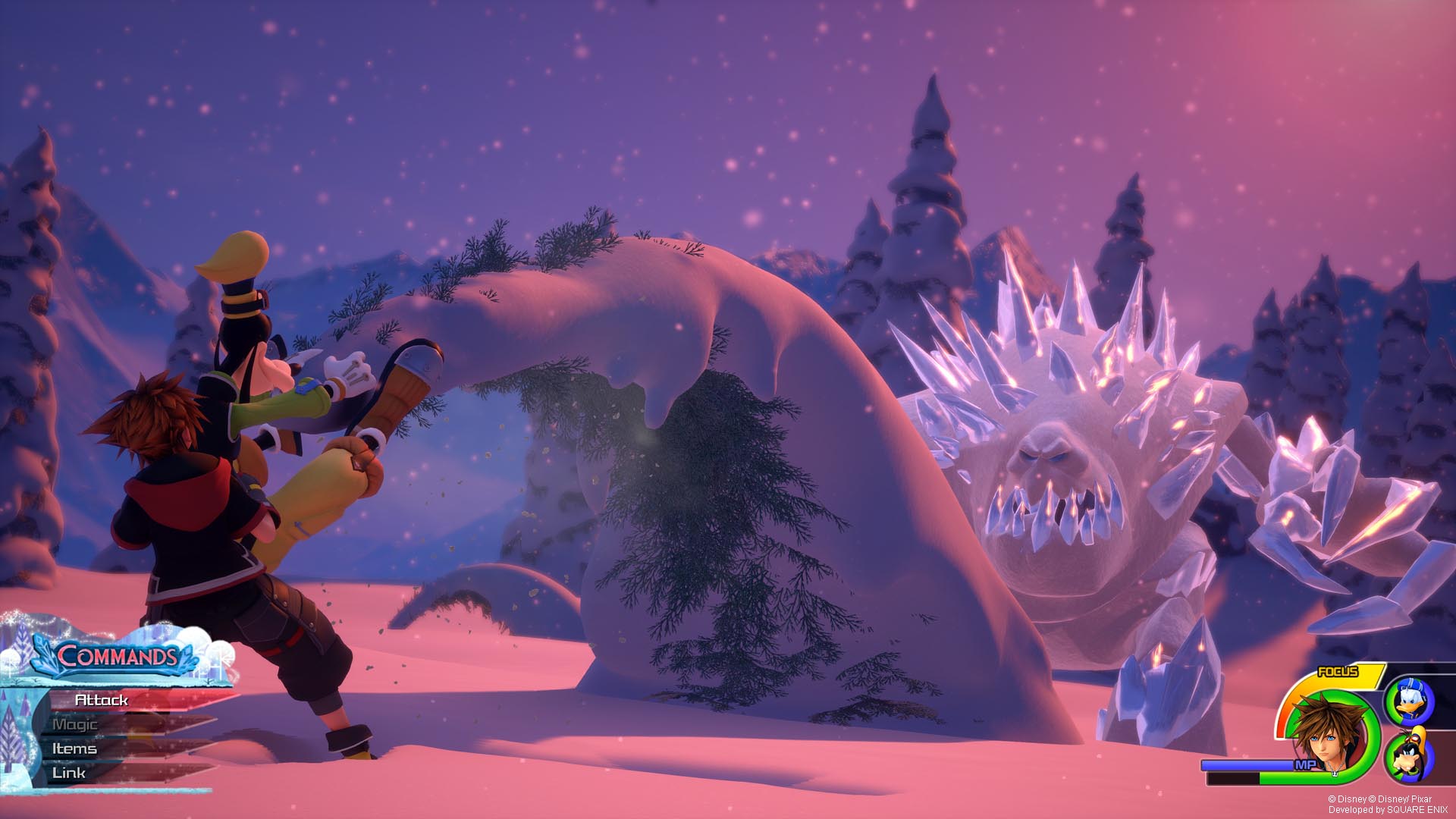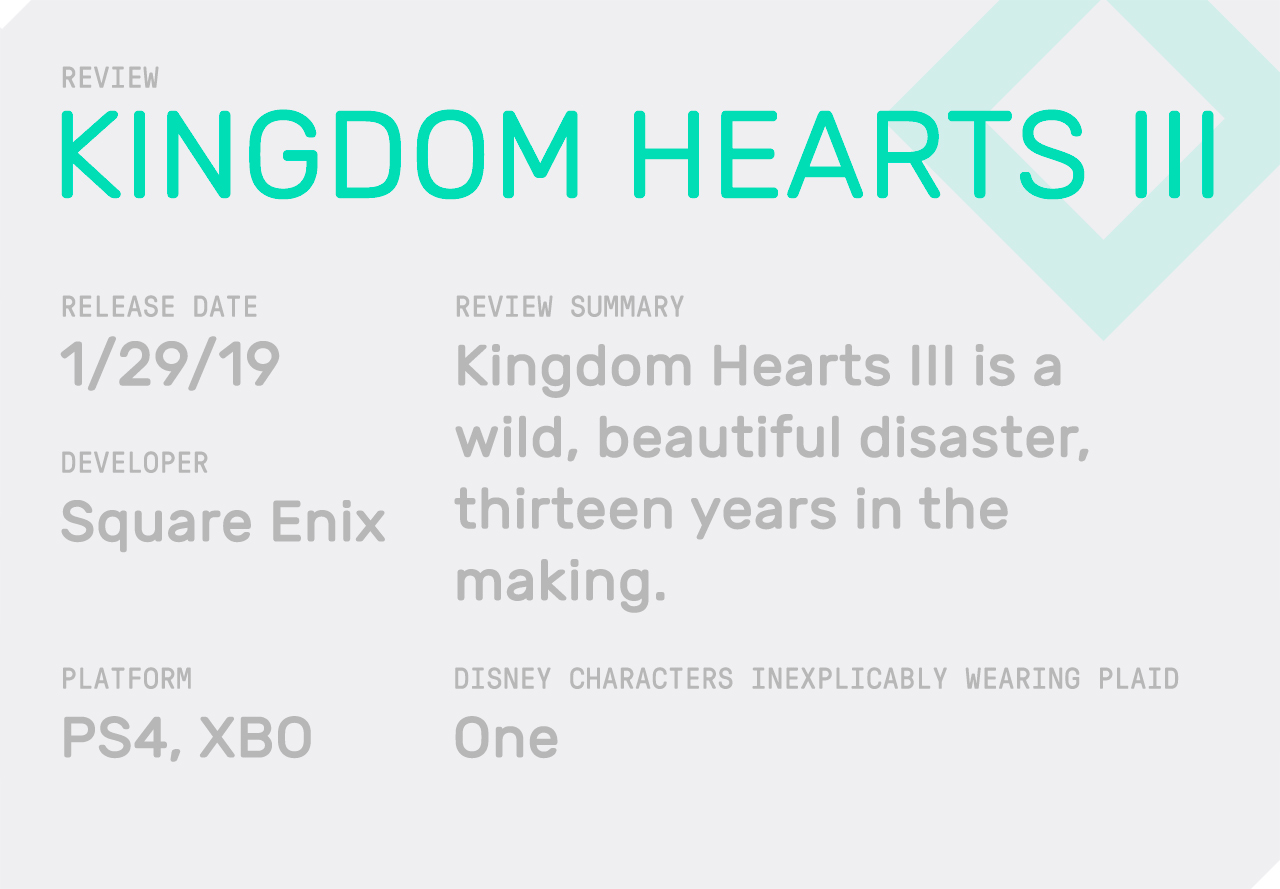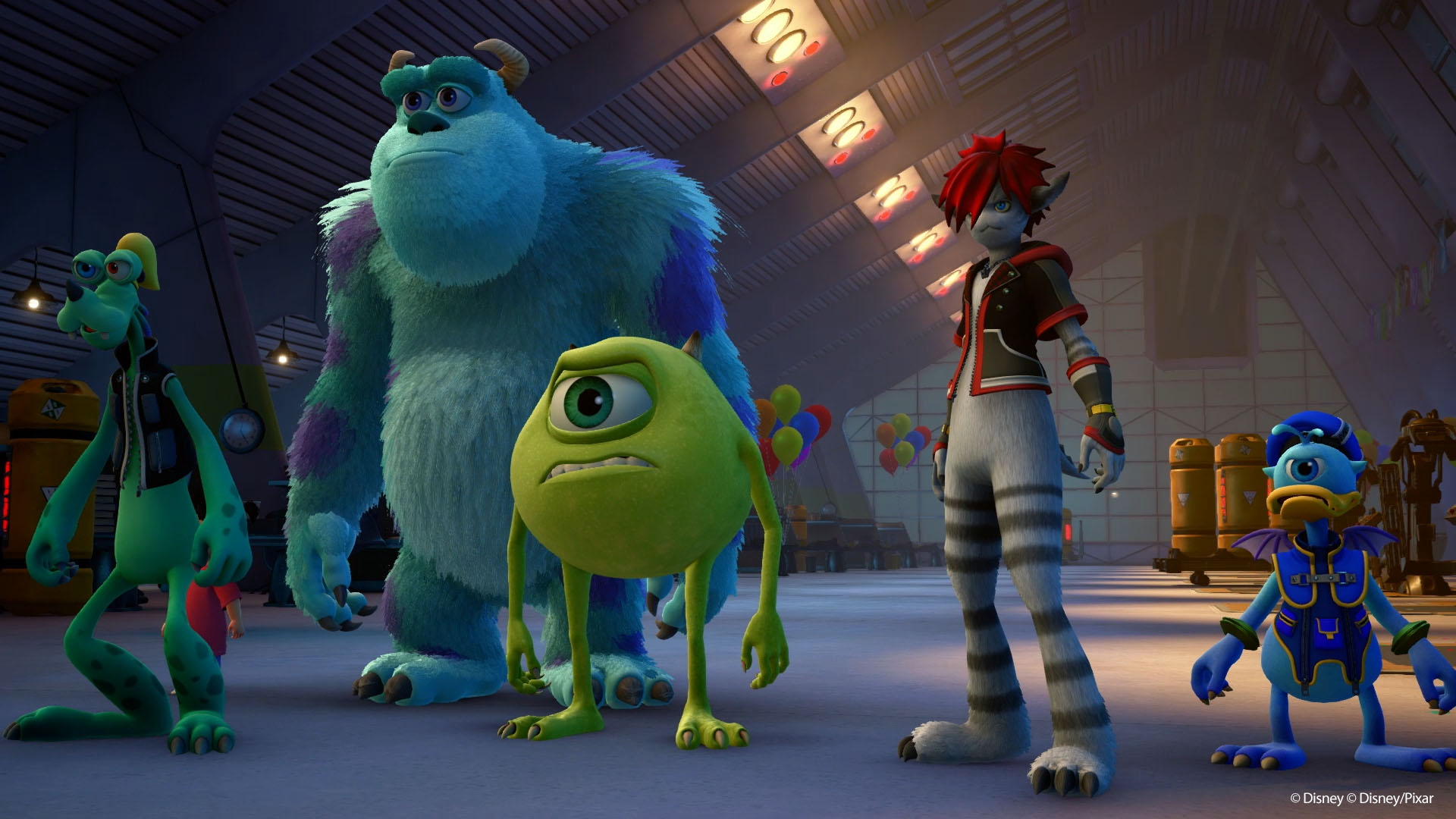In 1998, the United States Congress passed the Sonny Bono Copyright Term Extension Act. Following up on a similar law passed in 1976, the law increased the amount of time works of corporate authorship would be protected under copyright law, extending the protection for existing copyrighted works for an additional 20 years, summing out at 95 years from the date of creation. The law was also referred to as the Mickey Mouse Protection Act, after its most significant proponent, the Disney Corporation. Mickey Mouse, first appearing on film in 1928, was at risk of falling out of copyright protection, and so Disney used its significant financial and political power as a major American business to lobby Congress to extend their ownership of the cartoon mouse.
Mickey Mouse, then, is a sort of symbol for the power of corporate media, and the warping influence it has on modern creativity. He’s the vanguard of restrictive copyright laws, limited protection for the public domain, and the vast (and growing) power of his corporate owners. Mickey Mouse is, in his own way, the face of modern capitalism, exploitation and power hidden behind a plucky smile.
Videos by VICE
In Kingdom Hearts III, Mickey Mouse is also an anime ninja with a magic sword.
The dissonance is hard to overstate. Combining Disney with the aesthetics and gameplay priorities of Final Fantasy at its most eccentric, Kingdom Hearts takes the vanguard of modern entertainment capitalism and turns it into something bizarre. Mickey Mouse, and Disney alongside him, is grist for one of the wildest mills in the last two decades of popular fiction, pitting Mickey and his friends against magical evils and the vague existential terror of a fictional universe where friendship is a literal, metaphysical binding property.

This raises a couple of important questions for anyone trying to enjoy Kingdom Hearts III in specific and Kingdom Hearts in general, questions like: How the hell did this happen? And, What are we supposed to do with it?
How The Hell Did This Happen?
It started, strangely, with an elevator. According to the story related by Square Enix creators, Square (before the Enix) and Disney once shared an office space in Japan, and a Square creator happened to meet a Disney executive in the building’s elevators. That chance meeting seems to have led to conversations about a collaboration between the two companies, which birthed the original idea for Kingdom Hearts. The game, a crossover RPG featuring Disney worlds alongside Final Fantasy characters and original characters, would be given to Tetsuya Nomura, notably the character designer for Final Fantasy VII, to helm.
But that history isn’t really an answer to the question. How did Disney, one of the most conservative entertainment companies in the world, end up in a crossover series so strange, and so particular? A series where Mickey Mouse, Disney’s ineffable icon, is an embattled monarch leading a group of heroes while also being aloof, secretive, and unwise in a way that occasionally leads to other characters suffering serious harm. Where Elsa and Anna co-exist with a heart-stealing old man who occasionally dooms anime teenagers to the Realm of Darkness, a magical version of hell where one can wander in slow, eternal torment.
My honest answer, as a lifelong Kingdom Hearts fan and expert, is: I have no idea. But it was probably an accident. When the first game, which was fairly conservative in its Final Fantasy influences and was mostly a Disney-heavy romp until its last three hours, proved to be a huge hit, Square Enix responded to the demand with two more games: Chain of Memories, a Game Boy Advance spin-off title that would bridge the story between Kingdom Hearts and the other game, the PlayStation 2 sequel Kingdom Hearts II.

For Chain of Memories, no new Disney worlds were added. The machinations of Disney’s relationship with Square Enix is largely opaque, but one can imagine they didn’t want additional Disney properties to be “wasted” on a spin-off title. So, to fill in the gaps, and justify revisiting the same worlds from the first game, Nomura and crew filled the game up with original lore. Reams and reams of it. They told a story about Sora, the plucky hero from the first game, exploring a fragmented dreamscape built out of his own memories of the original Kingdom Hearts, guided by a mysterious organization of black-coated villains. It was a sort of existentialist fable about the fragility of self, built out of the raw materials left over from the first game. Disney, not as subject, but as canvas, its themes warped for a purpose they weren’t meant for.
So when Kingdom Hearts II rolled along, it had the dual goal of following up both the original game and Chain of Memories, wrapping the wild lore of the latter into the Disney adventure format of the latter. It was, somehow, beloved, despite being strange and self-contradictory in a way that’s hard to explain, full of even more of Nomura’s strange worldbuilding and Disney worlds that felt even more superfluous to the core proceedings.
That was thirteen years ago, and in that time things have only gotten stranger. The spin-offs and side games have only become more integral to the main plot and more self-indulgent in their subject matter. Kingdom Hearts III has the unenviable job of wrapping up that story while also trying to please fans whose last experience with a Kingdom Hearts game was in 2005, long before the ensuing decade of prequels and side games, and who have no idea who Terra or Aqua are or what Master Xehanort’s villainous plan is. Kingdom Hearts III has to make order out of its own chaos, all while having the players visit a number of self-contained worlds approximating the setting and plots of popular Disney films, as its contractual obligations stipulate.

I say all of this as a devoted fan of Kingdom Hearts. And as a devoted fan of Kingdom Hearts, I am not in a position to tell you if you’re going to like Kingdom Hearts III. No one can really do that. The best I, or anyone else, can do, is to describe Kingdom Hearts III subjectively (if critically) and hope you find something in it that’s either fascinating enough or repulsive enough to help you make up your mind.
So, as a fan, let me tell you: Kingdom Hearts III is one of the least coherent, and most fascinating, triple-A games I’ve ever played. Kingdom Hearts III is like if Halo 3 tripped over Fantasia 2000 and Neon Genesis Evangelion and tried to sort the pieces out as Master Chief and Cortana fell into a bottomless pit. Kingdom Hearts III is like if Undertale was contractually obligated to also be Avengers: Infinity War. It’s like if Metal Gear Solid 4 stuck the landing. It is like the longest fanfiction you ever read came to life and decided to have Passover dinner with you. Every decision made in it is both purely intentional and absolutely out of its mind. It’s the kind of game you could reorient your entire life around. Or the kind of game you could sincerely burn in effigy.
Parts of Kingdom Hearts III play like a family reunion, characters from far-flung games across the series mingling together, teaming up to save their friends and restore order to the universe. Others are recapped moments of Disney movies turned so absurd and self-conscious that they become absolutely delightful, like a moment where Woody from Toy Story faces off with an evil time-travelling Keyblade wielder and explains to him that friendship is the most powerful force in the universe. Or another where Sully from Monsters, Inc. absolutely bodies a character who can best be described as Evil Sora in a Leather Bodysuit, saving our protagonist’s life in the process.

There are also moments that I can’t spoil here, where the strange collisions of the game’s themes and characters give way to remarkable experimentation. Kingdom Hearts III contains within it some of the most beautiful and surprising things I’ve seen a game of this scale attempt. It’s almost as if the game’s sheer unlikeliness opens up some deep creative door, encouraging the designers to do whatever wild thing they can think of.
Kingdom Hearts III is an absolute disaster. I loved every minute of it.
What Are We Supposed to Do With It?
As a potential player of Kingdom Hearts III, I understand none of this feels like helpful information. Maybe you’re looking for the boilerplate stuff.The combat, for instance.
Well, since the first game, Kingdom Hearts has been compromising between one-against-a-hundred brawler, Dynasty Warriors-style combat on the one hand and something like Devil May Cry character action on the other, and in Kingdom Hearts III the action goes hard into chaos. Huge attacks light up the screen, Sora can climb nearly anything, and entire encounters happen in mid-air now like some Disney-themed Bayonetta mod. It’s fast and engaging, though the discordant energy of it might not be for everyone. It has a bad habit of wanting to take the player’s control away to highlight all the cool things going on, and while this might be irritating to more devoted action players, gosh, there are actually a lot of cool things going on. A large portion of this game is taken up with boss fights, and they’re visually and conceptually dazzling. The battle system here feels like a perfection of everything the series has achieved up until this point.
There’s also the characterization and plotting, which are similar to other Kingdom Hearts games but turned up to the maximum. Typically, the mainline games balance self-contained, light recaps of Disney movies with the broader melodrama of the original story. The original plotting, typically, holds itself at the margins until the end of the game, where it bursts forth in a wild flurry of twists and bursts of emotion. In a normal Kingdom Hearts game, this process lasts about 3-5 hours. Here, it lasts for around ten. And the writing is just as odd as it always is, equal parts clunky and expressive. Characters are distant but relatable, sincere but stilted.If you never liked the stories these games told, nothing here will change your mind.

And yet: Kingdom Hearts has a way of using those strange narrative choices to create moments of wonderful sincerity. Quiet scenes of friends reuniting, expressing relief that they’re okay. Scenes where the iconic power of its Disney characters are marshalled to lend gravitas and familiarity to the series’ biggest battles and oddest plot twists. There’s beauty in this mess, and more than a little fan service, too.
But the problem with going through Kingdom Hearts III in this fashion is that it undersells the way all of these things, story and combat and music and Disney side attractions, are subsumed by the general vibe of Kingdom Hearts. This is a series defined by its mood, by a sort of goofy hopeful heroism forcefully welded onto a deep vein of surreal melancholy. If this clunky alchemy works for you, every other sin is forgivable. If it doesn’t, then every annoyance will be unbearable.
Which brings us to the second question: What are we supposed to do with Kingdom Hearts III, and the series in general? How do we reconcile the strange novelty of what this series has become with the crass corporatism that allows it to exist as a massively profitable venture of one of the biggest entertainment conglomerates on the planet?

The answer, I think, requires acknowledging the creative power of working with major cultural symbols in the margins of the capitalist entertainment machine. Because, while Disney retains corporate control of these games, their growth has occurred in a sort of side avenue, roughly detached from much of the rest of the company’s output and acquisitions. Square Enix has been allowed, for whatever reason, to imbue the Kingdom Hearts series with a seed of life all its own. It stands apart, distinct from its influences but using those influences to reaffirm its own individuality. Mickey Mouse is allowed to be a magic ninja here, embroiled in a cosmic conflict, a complex and whole character with weaknesses and goals and people he loves. To create such a thing under the burden of corporate masters is, well, remarkable.
Under the auspices of the 1998 Copyright Extension Act, Mickey Mouse, or at least the original version of him seen in Steamboat Willie, will enter the public domain in 2024. Batman and Superman will follow a few years later. As things stand now, neither Disney nor any other major brand seems positioned to intervene to stop this process. Soon, some of our most beloved cultural figures will be in the public domain, free to be used by whoever sees it.
And maybe what Kingdom Hearts III does is offer a glimpse of the kind of distinct work that can be created with that freedom. After all, if this is what Square Enix can make with Disney characters with their owners breathing down its neck, imagine what we can do without them.
More
From VICE
-

Screenshot: à la mode games -

Screenshot: 2K -

Screenshot: GOG.com -

Screenshot: Ravensburger
